How to Thaw Frozen Beef Quickly [Step by Step Process]
We all know that feeling when we forget to take out the beef from the freezer for dinner. Don’t worry, I’ve got you covered!
In this quick and snappy guide, I’ll share some fantastic ways to thaw frozen beef in no time, so you can enjoy a delicious meal without the wait.
Let’s dive right in!
How to Thaw Frozen Beef Quickly
Thawing frozen beef quickly can be done by following a few simple steps:
** Step 1: Plan Ahead** – If you know you’ll be cooking frozen beef, it’s best to plan ahead and allow enough time for proper thawing. However, we understand that sometimes you need to thaw it quickly. In such cases, this process will come in handy.
Step 2: Safety First – Before we begin, it’s important to prioritize food safety. Always keep in mind that the goal is to thaw the beef quickly while ensuring it remains safe to consume. Never leave beef out at room temperature for an extended period, as this can promote bacterial growth.
Step 3: Remove Packaging – Start by removing any packaging from the frozen beef. This will help accelerate the thawing process. If the beef is wrapped tightly, consider using scissors or a knife to carefully cut away the packaging.
Step 4: Cold Water Bath – The most effective and quickest method for thawing frozen beef is by using a cold water bath. Fill a large bowl or sink with cold water. Make sure the water is cold, not warm or hot, as warm water can encourage bacterial growth.
Step 5: Submerge the Beef – Place the wrapped or unwrapped frozen beef in a leak-proof plastic bag. This will prevent water from seeping into the meat. Submerge the bag in the cold water bath, ensuring that the beef is fully covered.
Step 6: Change Water Frequently – To maintain a consistent temperature and promote faster thawing, change the water every 30 minutes. This helps prevent the water from warming up and slowing down the thawing process.
Step 7: Check Thawing Progress – After a while, check the beef periodically to monitor its thawing progress. It’s important to ensure that the meat is thawing evenly. If any parts are still frozen, gently separate them to allow the water to reach those areas.
Step 8: Cook Immediately – Once the beef is fully thawed, make sure to cook it immediately. Do not refreeze the beef if it has been fully thawed using the water bath method. Cooking the beef right away will help maintain its quality and minimize the risk of bacterial growth.
By following these steps, you can thaw frozen beef quickly while still ensuring it is safe to cook and enjoy.
Other Methods of Thawing Frozen Beef
Here are other methods of thawing frozen beef:
Microwave Method
Thawing meat safely is important to ensure that it remains at the right temperature and to prevent any potential foodborne illnesses.
Here are the most effective step-by-step process for quickly thawing frozen beef using the microwave method:
Step 1: Prepare the beef – Before you begin, make sure the frozen beef is in a microwave-safe container or dish. It’s important to remove any packaging or wrapping from the meat to prevent it from melting or catching fire in the microwave.
Step 2: Check the microwave settings – Every microwave is different, so it’s crucial to check the settings and power level before proceeding. Start by consulting your microwave’s user manual to understand how it works and if there are any specific instructions for defrosting meat.
Step 3: Set the microwave to defrost mode – Many microwaves have a defrost mode specifically designed for thawing frozen food. If your microwave has this setting, select it and follow the instructions provided. If not, you can manually set the microwave to a low power level, such as 30-40%.
Step 4: Adjust the cooking time – The cooking time will vary depending on the weight and thickness of the beef. As a general rule of thumb, allow around 3-4 minutes of defrosting time per pound of meat. However, it’s important to note that microwaves can heat unevenly, so it’s crucial to monitor the process closely to avoid overcooking or partially cooking the beef.
Step 5: Pause and rotate – During the defrosting process, it’s essential to pause the microwave every minute or two to rotate and flip the beef. This will help ensure even thawing and prevent any parts from cooking while others remain frozen.
Step 6: Check for doneness – After the suggested defrosting time has passed, check the beef for doneness. It should be soft and flexible but still cold to the touch. Avoid letting it become too warm, as this could lead to bacterial growth and foodborne illnesses.
Step 7: Finalize the thawing process – If the beef is still partially frozen after the initial defrosting time, you can continue thawing it in short intervals, checking for doneness after each round. Be cautious not to overcook it during this final stage.
Step 8: Cook immediately – Once the beef is fully thawed, it’s essential to cook it promptly to ensure food safety. Avoid leaving it at room temperature for an extended period, as this can encourage bacterial growth.
Following these step-by-step instructions should help you effectively thaw frozen beef using the microwave method.
Read more about thawing ground beef in microwave.
Refrigerator Method
Thawing meat in the refrigerator is a safe and reliable method that helps maintain the quality and freshness of the beef.
Here’s the most effective step-by-step process of thawing frozen beef quickly using the refrigerator method. :
1. Plan ahead: Thawing beef in the refrigerator takes time, so it’s important to plan accordingly. Determine when you’ll need the beef and calculate the necessary thawing time. As a general rule, allow approximately 24 hours for every 2.2 to 4.4 pounds (1 to 2 kilograms) of beef.
2. Prepare the packaging: Ensure that the frozen beef is securely wrapped in airtight packaging to prevent any leakage or contamination. If the beef is not already in a freezer-safe bag or container, transfer it into one before placing it in the refrigerator.
3. Allocate refrigerator space: Clear out a designated space in your refrigerator to accommodate the beef. It’s important to keep the meat separate from other items to avoid cross-contamination.
4. Place the beef in the refrigerator: Gently place the packaged beef in the designated area of your refrigerator. Make sure it is positioned in a way that allows for proper air circulation to ensure even thawing.
5. Monitor the temperature: Keep an eye on the refrigerator temperature to ensure it remains at or below 40°F (4°C). This is important to prevent the growth of harmful bacteria. Use a refrigerator thermometer to accurately monitor the temperature.
6. Patience is key: Thawing beef in the refrigerator requires patience. It may take several hours or even overnight, depending on the size and thickness of the beef. Resist the temptation to rush the process by using alternative thawing methods, as they can compromise the quality and safety of the meat.
7. Check for thawing progress: After the recommended thawing time has passed, check the beef for signs of complete thawing. The meat should be uniformly thawed and no longer have any frozen or icy areas. If there are still frozen parts, return the beef to the refrigerator and continue thawing until completely defrosted.
8. Cook promptly: Once the beef is fully thawed, it’s essential to cook it promptly to ensure food safety. Follow your recipe or cooking instructions to prepare the beef according to your desired method.
Remember, safety is paramount when handling and thawing meat. Always follow proper food safety guidelines to prevent the risk of foodborne illness.
Best Practices for Thawing Beef Safely
Here are some best practices for thawing beef safely:
1. Plan ahead: Thawing beef safely requires time, so make sure to plan ahead and give yourself enough time to thaw the meat properly. Avoid using quick thawing methods like hot water, as they can lead to uneven thawing or even bacterial growth.
2. Refrigerator thawing: The best and safest method for thawing beef is in the refrigerator. Place the frozen beef in a leak-proof plastic bag and put it on a plate or tray to catch any drips. Allow enough time for the meat to thaw completely, with a general guideline of 24 hours for every five pounds of meat.
3. Cold water thawing: If you need to thaw beef quickly, you can use the cold water thawing method. Place the meat in a leak-proof plastic bag and submerge it in cold water. Change the water every 30 minutes to ensure it stays cold. Keep in mind that this method is faster than refrigerator thawing, but it still takes time, with about 30 minutes per pound of meat.
4. Microwave thawing: While it’s possible to use a microwave for thawing beef, it’s important to do it carefully to avoid partially cooking the meat. Use the defrost setting or a low power level, and make sure to follow the manufacturer’s guidelines. Check the meat frequently to prevent any cooking, and cook it immediately after thawing.
5. Separate and store properly: When thawing beef in the refrigerator, it’s essential to keep it separate from other foods to prevent cross-contamination. Use sealed plastic bags or containers to store the meat and avoid any contact with other food items.
6. Keep a safe temperature: Whether you’re using refrigerator or cold water thawing, always ensure that the meat stays at a safe temperature. The refrigerator temperature should be set at or below 40°F (4°C), while the cold water temperature should be kept below 70°F (21°C).
7. Use a meat thermometer: After thawing beef, use a meat thermometer to check its internal temperature. The safe minimum internal temperature for beef is 145°F (63°C) for medium-rare, 160°F (71°C) for medium, and 170°F (77°C) for well-done. Make sure to insert the thermometer into the thickest part of the meat for an accurate reading.
8. Cook immediately after thawing: Once beef is thawed, it’s important to cook it promptly. Avoid refreezing thawed meat, as it can affect its quality and texture. If you have thawed more meat than you need, consider cooking it and then refrigerating or freezing the cooked portions for later use.
9. Practice good hygiene: Lastly, always follow good hygiene practices when handling and thawing beef. Wash your hands thoroughly before and after handling raw meat, clean all utensils and surfaces that come into contact with the meat, and avoid cross-contamination with other foods.
By following these best practices, you can ensure that you thaw beef safely, maintain its quality, and reduce the risk of foodborne illnesses.
Related Questions
How to thaw frozen beef quickly?
If you’re in a rush to thaw your frozen beef, there are a few methods you can try. One of the quickest ways is to use cold water. Simply place your beef in a leak-proof plastic bag and submerge it in cold water. Make sure to change the water every 30 minutes to keep it cold. This method usually takes about an hour per pound, so plan accordingly.
Can I use hot water to thaw frozen beef?
It’s not recommended to use hot water to thaw frozen beef. Hot water can cause the outer layers of the meat to reach an unsafe temperature quickly, while the inside remains frozen. This uneven thawing can lead to bacterial growth and potential foodborne illnesses. Stick to using cold water or other safe thawing methods.
How long does it take to thaw beef in the refrigerator?
Thawing beef in the refrigerator is a safe and reliable method, although it requires some patience. On average, it takes about 24 hours for every 4-5 pounds of beef to thaw in the fridge. Be sure to place the meat on a plate or in a container to catch any potential drips and prevent cross-contamination.
Is it safe to thaw beef at room temperature?
Thawing beef at room temperature is not recommended. Leaving meat out at room temperature can create an environment where bacteria can multiply rapidly, increasing the risk of foodborne illnesses. It’s best to use other safe and controlled methods, such as refrigeration or cold water thawing.
Can I thaw beef in the microwave?
Yes, you can use the microwave to thaw beef, but it’s essential to follow the manufacturer’s instructions and use the defrost setting. Microwaving on regular power can lead to uneven thawing and may partially cook the meat. Remember to cook the beef immediately after thawing in the microwave to ensure it reaches a safe internal temperature.
What if I need to cook the beef right away?
If you’re pressed for time and need to cook the beef right away, you can use the cold water method for a quicker thaw. Submerge the beef in a sealed plastic bag, ensuring there are no leaks, and change the water every 30 minutes. This method can help speed up the thawing process, but remember to cook the beef immediately after it’s thawed to ensure food safety.
Read more about how to defrost frozen ground beef.
Conclusion
So there you have it, folks! Thawing frozen beef doesn’t have to be a hassle. By using some clever techniques like the cold water method or the microwave method, you’ll have that juicy steak or tender roast ready to cook in no time. Say goodbye to impatient hunger and enjoy your delicious meal in a jiffy!

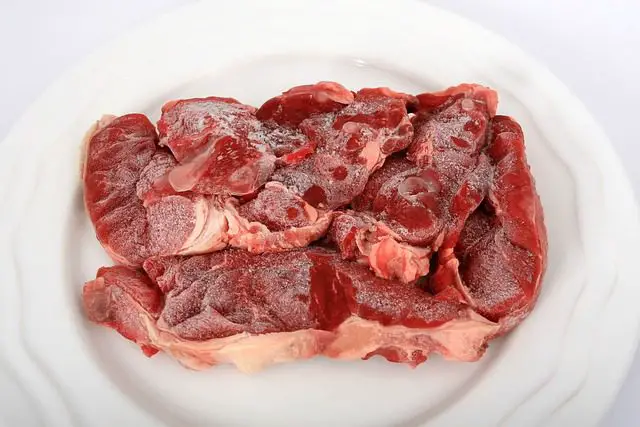
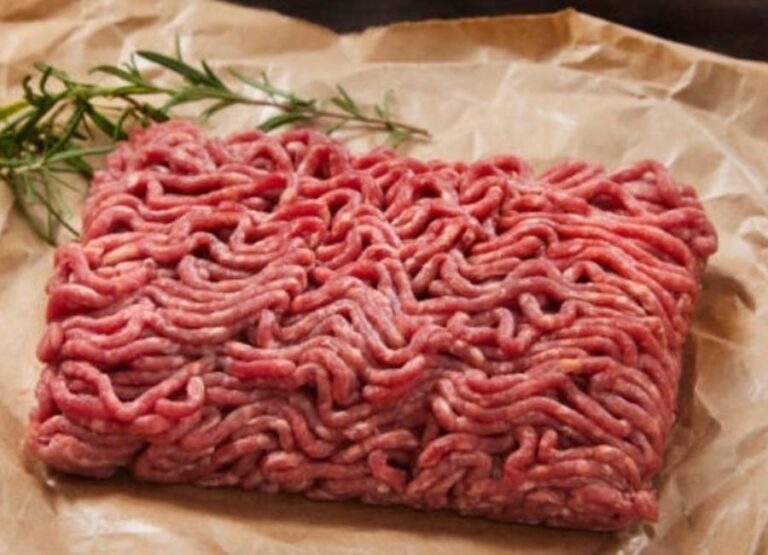
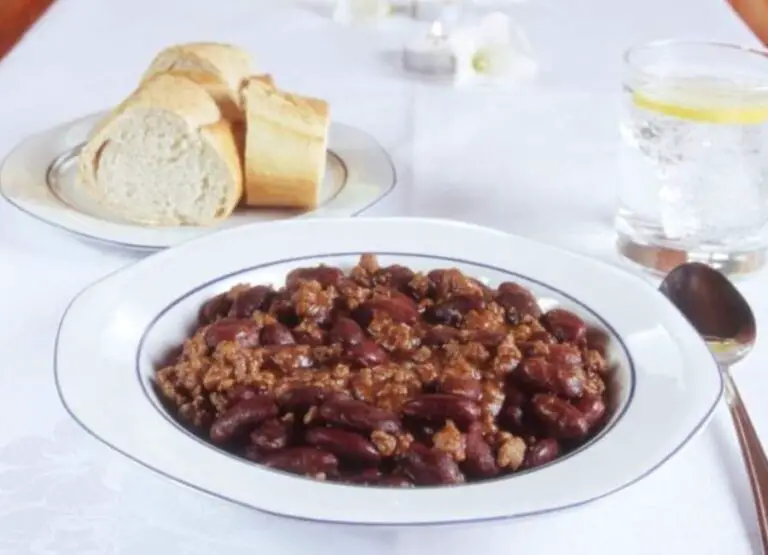
![Can I Freeze Cooked Green Beans And Potatoes [Hints]](https://foodcreeks.com/wp-content/uploads/2023/05/Can-I-Freeze-Cooked-Green-Beans-And-Potatoes-768x555.jpg)
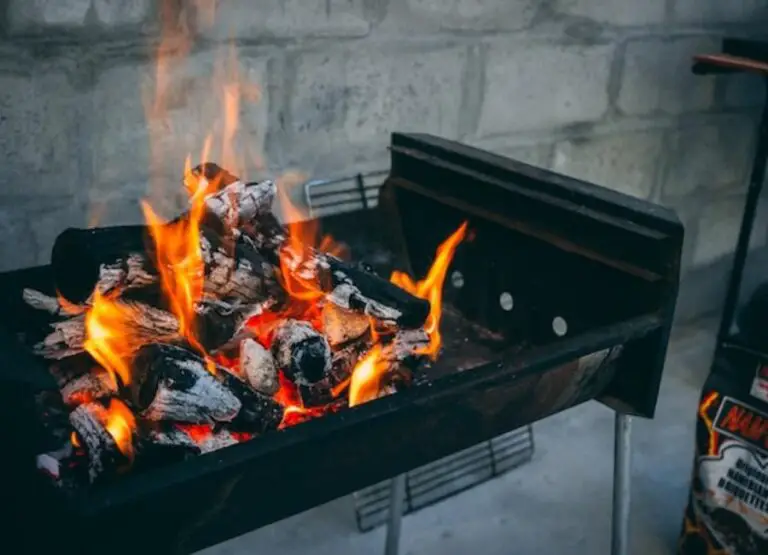
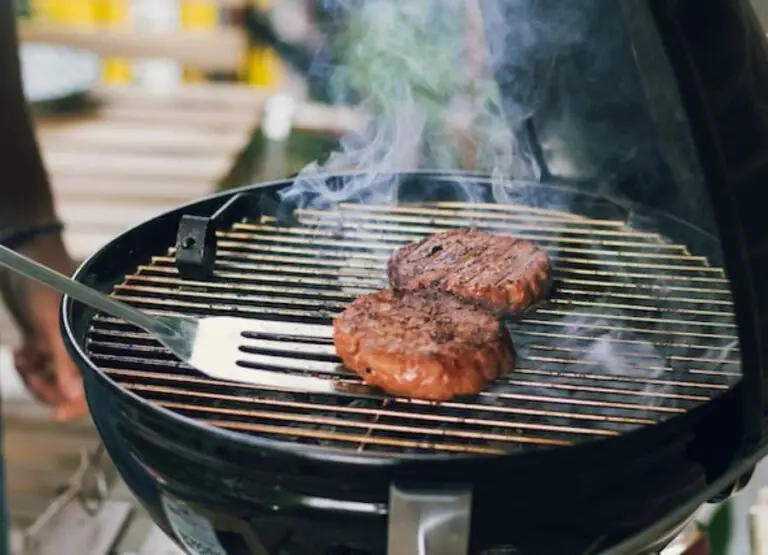
![Do You Flip Meat When Smoking [Answered]](https://foodcreeks.com/wp-content/uploads/2023/02/Do-You-Flip-Meat-When-Smoking-768x555.jpg)